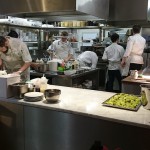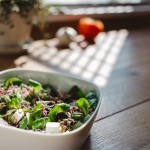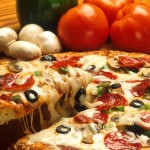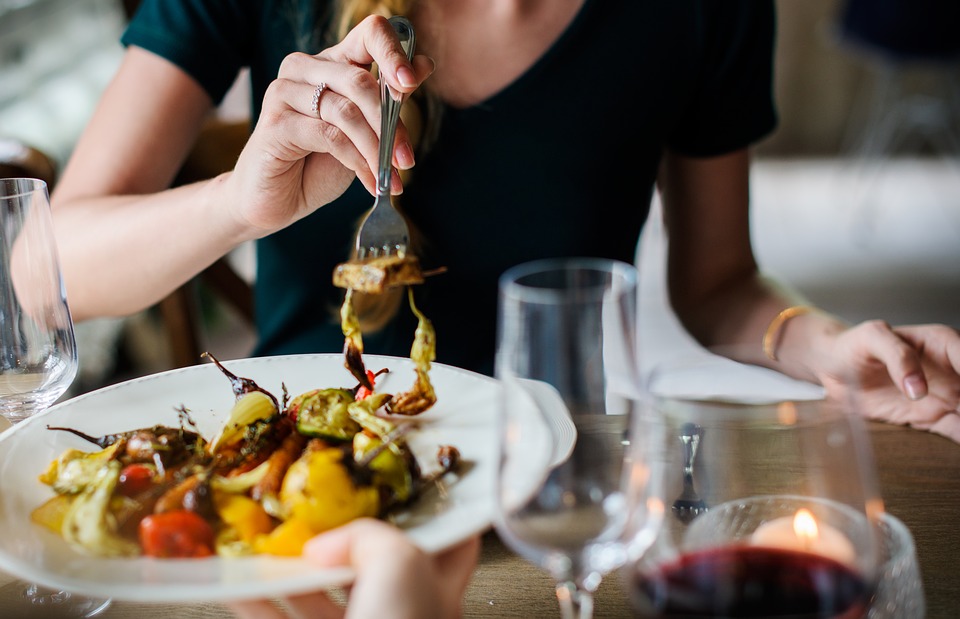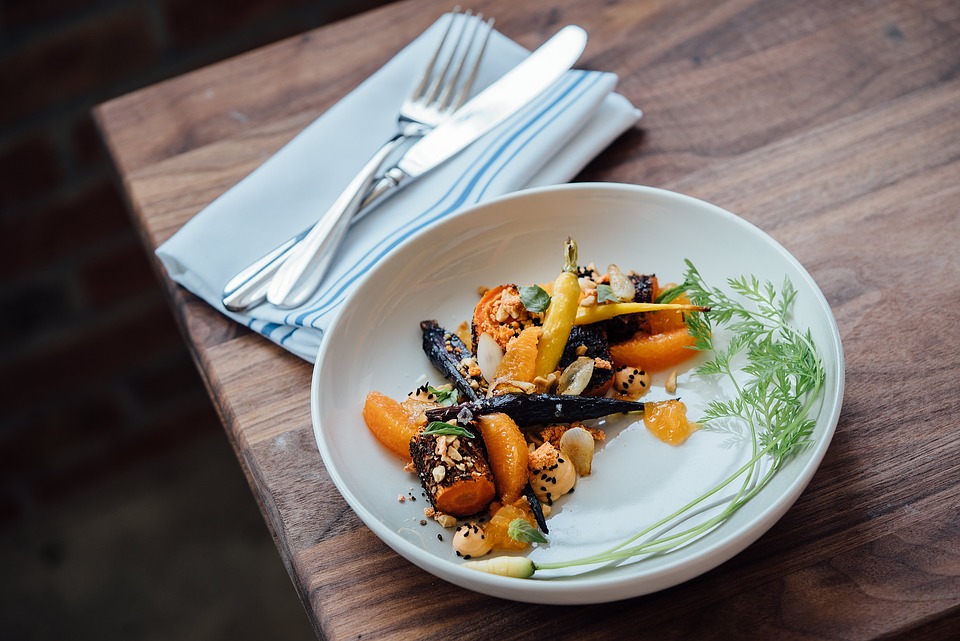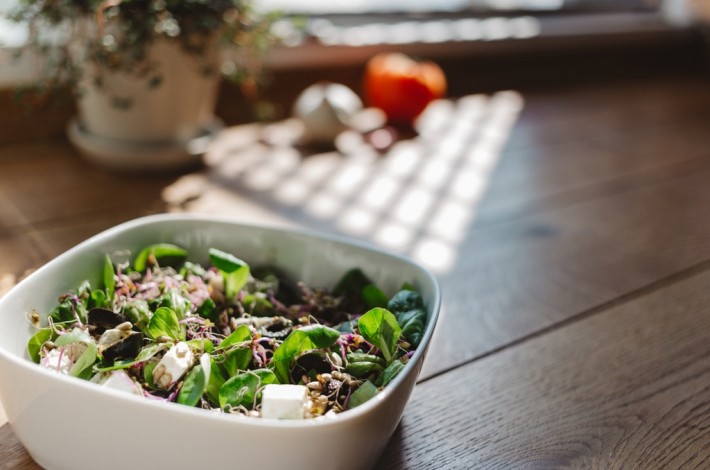
Preparing gluten-free meals is not challenging as most people think. It is a fun and exciting adventure you won’t regret starting. Your success largely depends on how much you know about gluten-free diets and what steps you take to prepare meals aligned to such diets. Here are a few tips to help you prepare gluten-free meals in your kitchen.
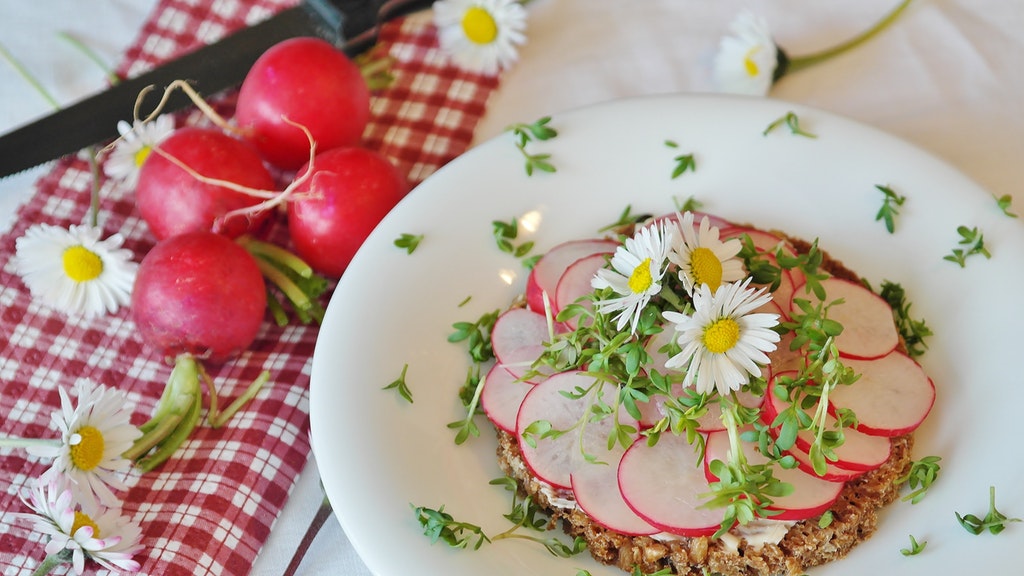
1. Avoid Certain Grains
The main aim of gluten-free cooking is to substitute foods that contain gluten for those that do not. This means you have to know which grains contain gluten and which ones do not. Here is a list of the grains known to contain gluten.
- Wheat
- Wheat Starch
- Barley
- Triticale
- Rye
You should also avoid the derivatives of the grains mentioned above, such as malt, malt flavoring, and malt vinegar.
2. Avoid Certain Foods
Gluten is also present in foods you might not think of. For an effective gluten-free cooking, avoid these foods as well;
- Beer
- Biscuits
- Bread
- Cereal
- Licorice
- Pizza crust
- Pretzels
- Soy sauce
- Stuffing
- Crackers
- Cornbread
- Crackers
3. Use the Right Ingredients
Make sure you don’t include an item that contains gluten when you are compiling your gluten-free kitchen. Here are some ingredients you might include in your collection.
- Gluten-free flours
- Guar gum
- Brown rice
- Gluten-free read
- Gluten-free snacks
- Xanthan gum
- Gluten-free bread crumbs
All these ingredients can be ordered online.
4. Avoid Cross Contamination
You want to make sure you do not mix gluten-free ingredients with those that contain gluten. Designate one area in the kitchen for storing ingredients and foods that are gluten-free. Freeze or refrigerate whole grains that do not contain gluten in sealed and labeled containers. Ensure the food preparation surfaces, cooking appliances and utensils do not contain any gluten residue.
5. Look for Gluten-Free Substitutions
The fact that you are living a gluten-free lifestyle does not mean you have to stay away from the food you usually love to eat. There are hundreds of favorite recipes out there that can substitute the gluten-free ingredients for the ones that contain gluten. For example, if you have a recipe that calls for flour, you can use cornstarch or gluten-free mix as a gluten-free substitute. If your cooking calls for bread crumbs, consider using gluten-free bread and muffin mixes. If you need binders, use xanthan gum, gelatin or guar gum.
6 Use Appropriate Utensils and Equipment
There is some cooking equipment that you will want to have duplicates of to reduce the risk of contamination. You will need at least a duplicate of the following;
- Colander
- Toaster
- Bread board
- Marked wooden spoons
- Bread machine
Toasters attract bread crumbs, meaning you are likely to contaminate your bread if you use one toaster. The colander becomes a problem if you cook wheat pasta. Even though you can wash it, there could still be a sticky residue that can contaminate your gluten-free pasta. If you are preparing two separate dishes, it is important you use different spoons to stir them. Make sure the spoons are marked, so you know which ones have been used in your gluten-free food.
7. Read Gluten-Free Cookbooks
There are several gluten-free cookbooks and magazines you can read to get insights on the best recipes out there. You can try the following;
- Clean Cooking
- Spiralize and Thrive
- The Ultimate Soup Cleanse
- Part-Time Vegetarian
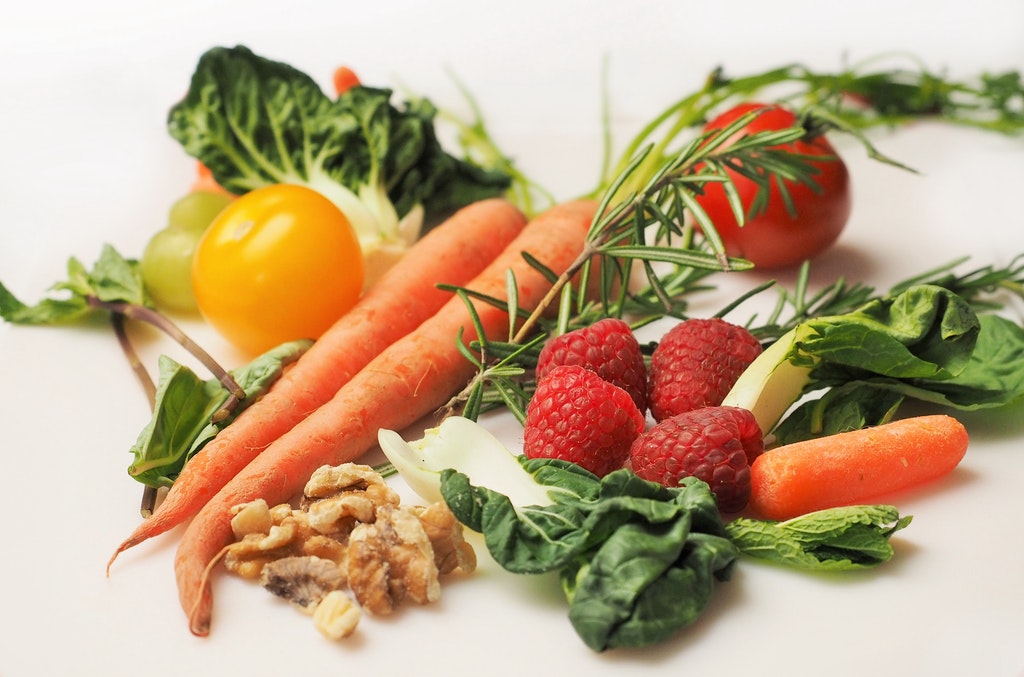
8. Try Gluten-Free Meal Delivery Services
If you’re always in a rush or simply don’t have time for meal planning, eating gluten-free can be especially challenging. To make your life easier, why not try out a gluten-free meal delivery service? Several popular meal kits offer gluten-free ready to cook and ready to eat options. Some of our favorites include Freshly, Sun Basket, Terra’s Kitchen, and Daily Harvest. Check out Boxed Mealz for meal kit delivery comparison and coupons off your first orders.

